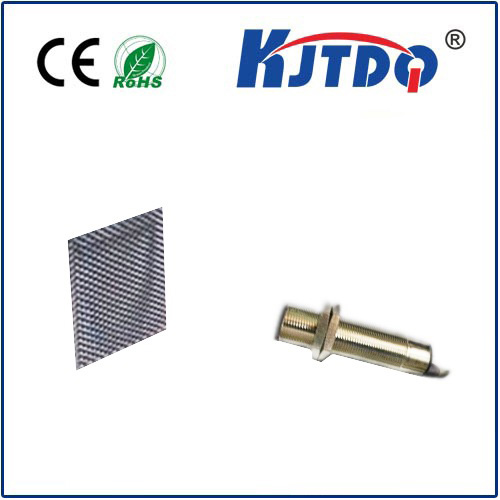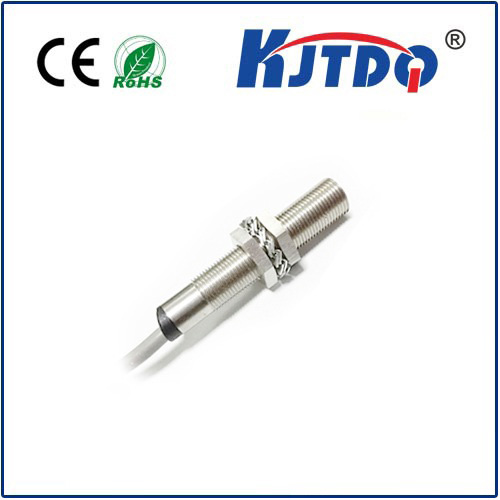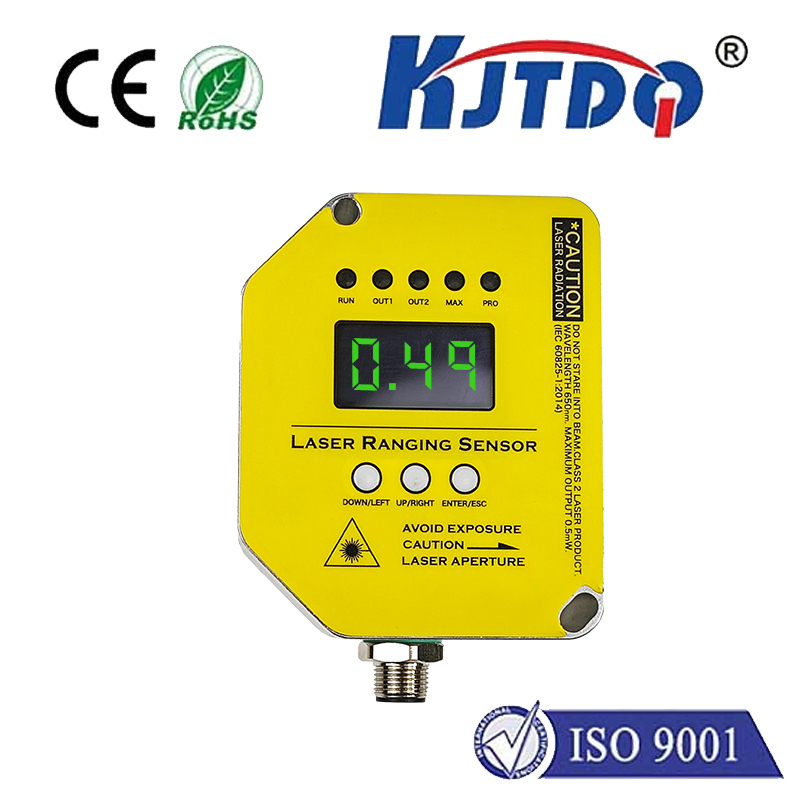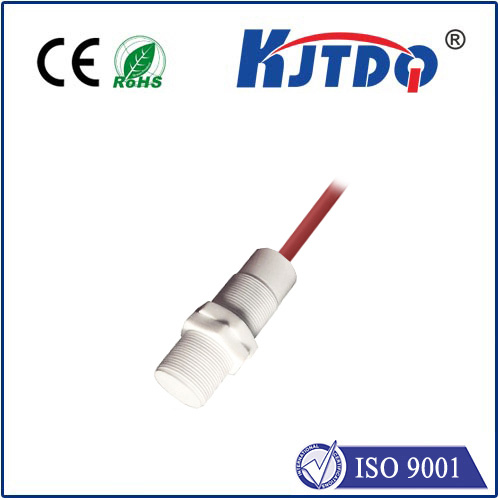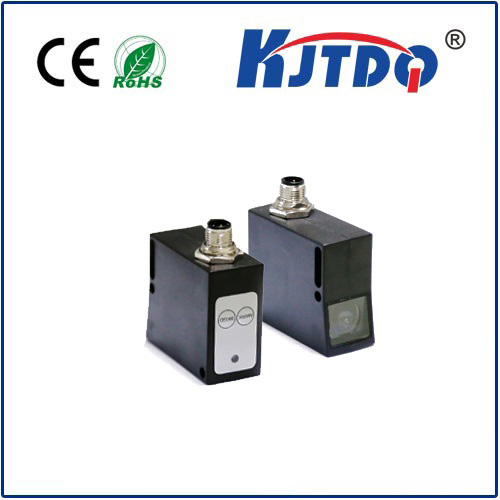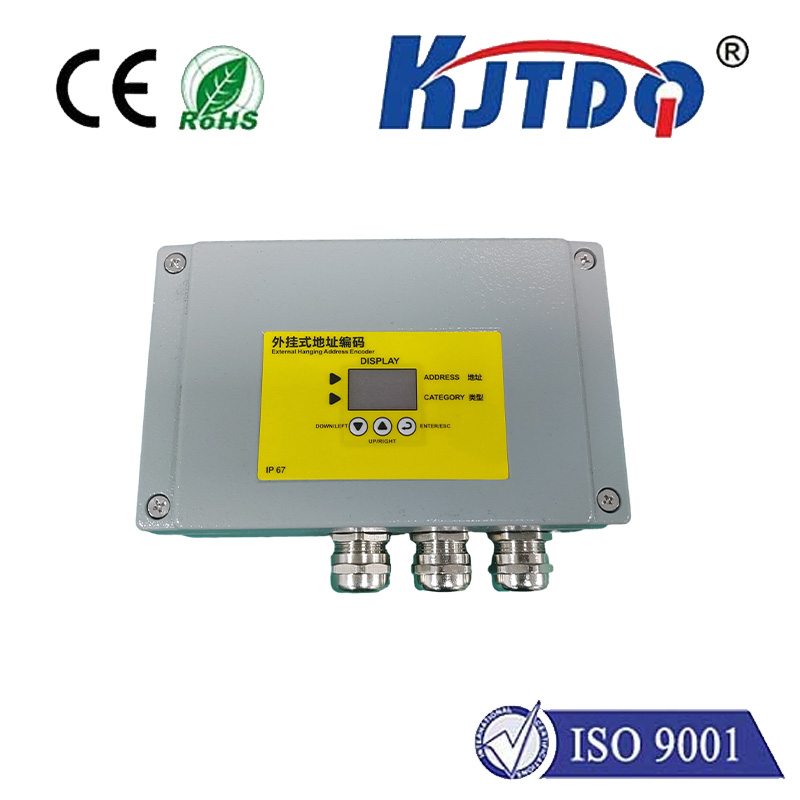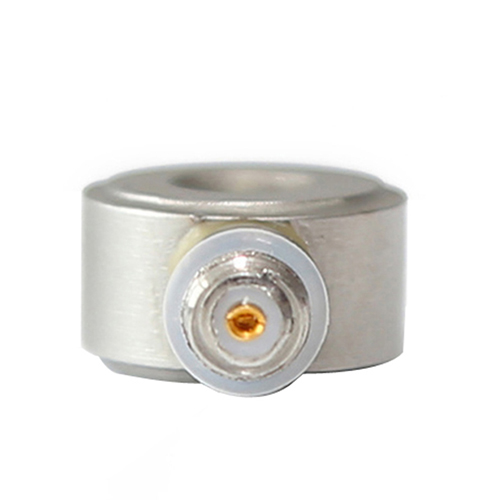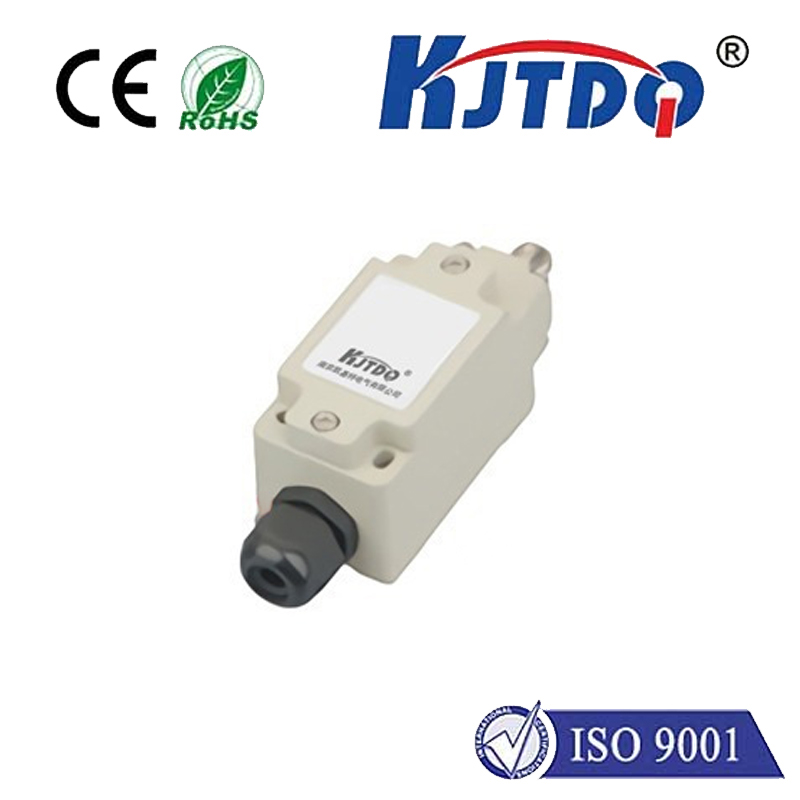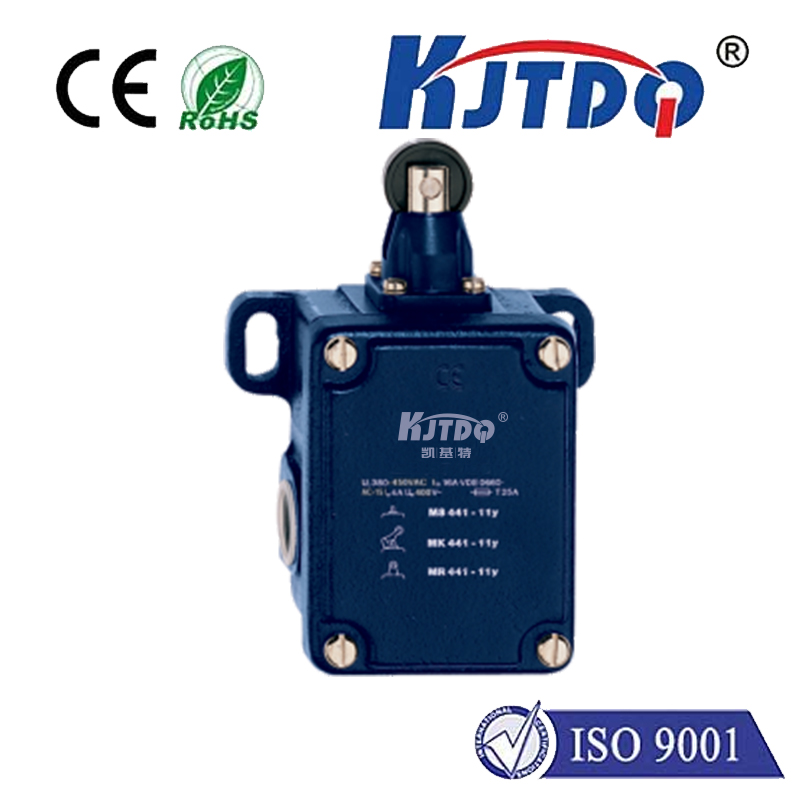

check

check

check

check
Title: The Importance of Manual Limit Switches in Industrial Automation Systems
As the world continues to embrace the digital age, industrial automation systems are becoming increasingly prevalent. These systems are designed to streamline processes, enhance efficiency, and improve productivity across various industries. One crucial component of these systems is the manual limit switch, which plays a vital role in ensuring safe and reliable operation. In this article, we will discuss the significance of manual limit switches in industrial automation systems and their impact on overall system performance.
Section 1: Definition and Function of Manual Limit Switches
Manual limit switches are mechanical devices used to control the movement of machines and equipment. They are typically found on conveyor belts, cranes, and other industrial equipment where precise positioning is required. The primary function of a manual limit switch is to prevent the machine or equipment from moving beyond a predefined limit. This helps to ensure safety and prevents damage to equipment or surrounding structures.
Section 2: Types of Manual Limit Switches
There are several types of manual limit switches available on the market, each with its unique features and applications. Some of the most common types include:
a) Travel Limit Switches: These switches are used to detect the distance traveled by a machine or equipment. They can be either contact or magnetic type.
b) Safety Limit Switches: These switches are designed for use in hazardous environments where there is a risk of electrical shock or injury. They are typically operated manually, and their activation signals are usually visible to operators.
c) Soft-Limit Switches: These switches are similar to travel limit switches but have a more gentle action. They are often used in applications where precise positioning is required without causing excessive stress on equipment.
Section 3: Importance of Manual Limit Switches in Industrial Automation Systems
The importance of manual limit switches in industrial automation systems cannot be overstated. Here are some key reasons why they are essential components of these systems:
a) Safety: Manual limit switches help to ensure the safety of workers and other personnel involved in the operation of industrial equipment. They prevent accidents caused by equipment moving beyond safe limits, which can result in serious injuries or fatalities.
b) Reliability: Manual limit switches provide reliable feedback to control systems, enabling them to make accurate adjustments to maintain optimal operating conditions. This ensures that equipment operates smoothly and efficiently, reducing downtime and improving overall productivity.
c) Precision Control: With manual limit switches, operators can precisely control the position of equipment within a specified range. This allows for more accurate and repeatable operations, leading to better quality outputs and improved process performance.
d) Cost-effectiveness: By preventing damage to equipment and ensuring safe operation, manual limit switches can help reduce maintenance costs over time. This translates to lower operational expenses and increased profitability for businesses.
Section 4: Future Trends in Manual Limit Switches
As technology continues to advance, manual limit switches are evolving too. Some of the trends that are likely to shape the future of these devices include:
a) Integration with IoT Devices: With the increasing popularity of IoT (Internet of Things) devices, it is expected that manual limit switches will become more integrated into industrial automation systems. This will enable real-time monitoring and control of equipment positions, further enhancing safety and productivity.
b) Advanced Sensor Technology: As sensor technology improves, manual limit switches will become more sophisticated, providing even greater precision and accuracy in controlling equipment positions. This will lead to improved process performance and reduced waste.
c) Increased Automation: As automation continues to expand in industrial settings, manual limit switches will play a critical role in ensuring safe and reliable operation of automated systems. Their presence will be necessary to prevent accidents caused by malfunctioning or misaligned automated components.
Conclusion
In conclusion, manual limit switches are an essential component of industrial automation systems. They provide safety, reliability, precision control, and cost-effectiveness in maintaining optimal operating conditions. With the continued advancement of technology, we can expect manual limit switches to evolve and become even more sophisticated in supporting the growing demands of industrial automation.
